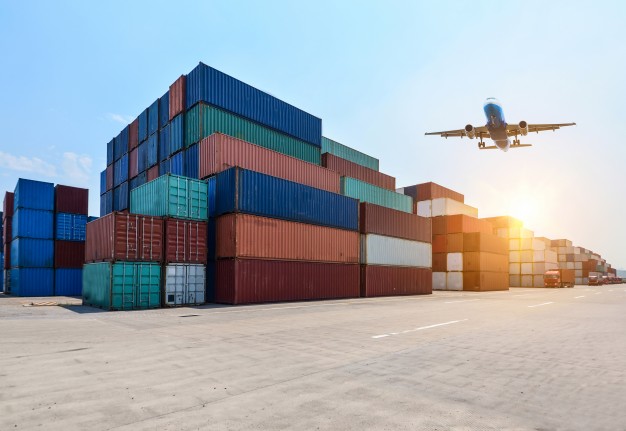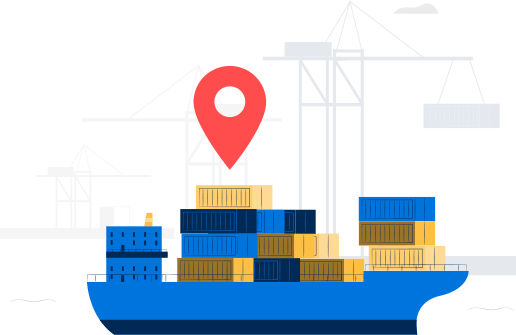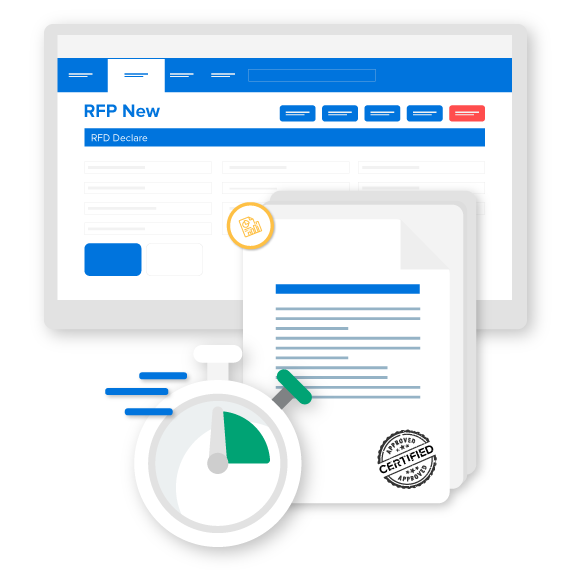
17 Mar
If you export plants and/or plant-based products, you must be familiar with what is phytosanitary certificate. Also, you understand the importance of getting this important trade document in the prescribed format and without any delay. So, it makes sense to skip these parts and get straight to the question – are you doing it the right way?
The answer is yes if the process involved:
- Faster turnaround
- No penalties and application rejections
- No unnecessary costs
- Most importantly, an accurate and fully-compliant certificate as the output
In case you miss out on one or more of these points, you really need to analyse the process closely. To help you, here is a small and useful guide.
Who Handles the Task?
Many exporters hire large teams of people to take care of their documentation needs. It obviously leads to a dramatic increase in the overall cost of obtaining a phytosanitary certificate. If you are in the same league, here’s what you need to do:
- First, hire a small team (consisting of 1-2 people) and train it well to follow the right procedure
- Second, provide them with the right kind of software tools and channels to accomplish the task more efficiently
- Third, instruct them to audit the process after every shipment and prepare reports to make improvements for the future
How Do You Apply?
Does your application to apply for a phytosanitary certificate get rejected repeatedly due to errors? Do you feel that the overall processing is slower than what you expect? If yes then the chances are high that you are still doing it manually. So, what are the risks involved in it?
- Firstly, repeated rejections can lead to huge time consumption. Needless to say, you may experience shipment delays more often.
- Secondly, it may be a reason for heavy penalties that your business may have to bear.
- Thirdly, what you may get is a non-compliant certificate that neither meets the norms of Australia’s Export Act nor caters to the importing country’s requirements.
- Besides, you may end up spending a lot of money that ultimately harms your anticipated profits.
The solution lies in automation. To automate the process of filling forms can significantly weed out the chances of human errors and the resulting consequences.
What Software Do You Use?
A lot may depend on the kind of software you currently use for the process. You can simply review it by answering the following questions:
- Is the software compatible with the EXDOC system of the Department of Agriculture, Water and the Environment (DAWE)?
- Do you use a traditional desktop-based solution or a cloud-based one that offers better flexibility and faster processing?
- Does it offer a customisable centralised dashboard to facilitate status tracking and better management?
- Are you able to use it for preparing other trade documents to save money as well as time?
By answering these questions, you can decide whether you need to change your software choice or not.
Due to the possible flaws and loopholes, you may be spoiling the reputation of your export business. Be honest in reviewing the process and immediately bring in the required changes for better results.


